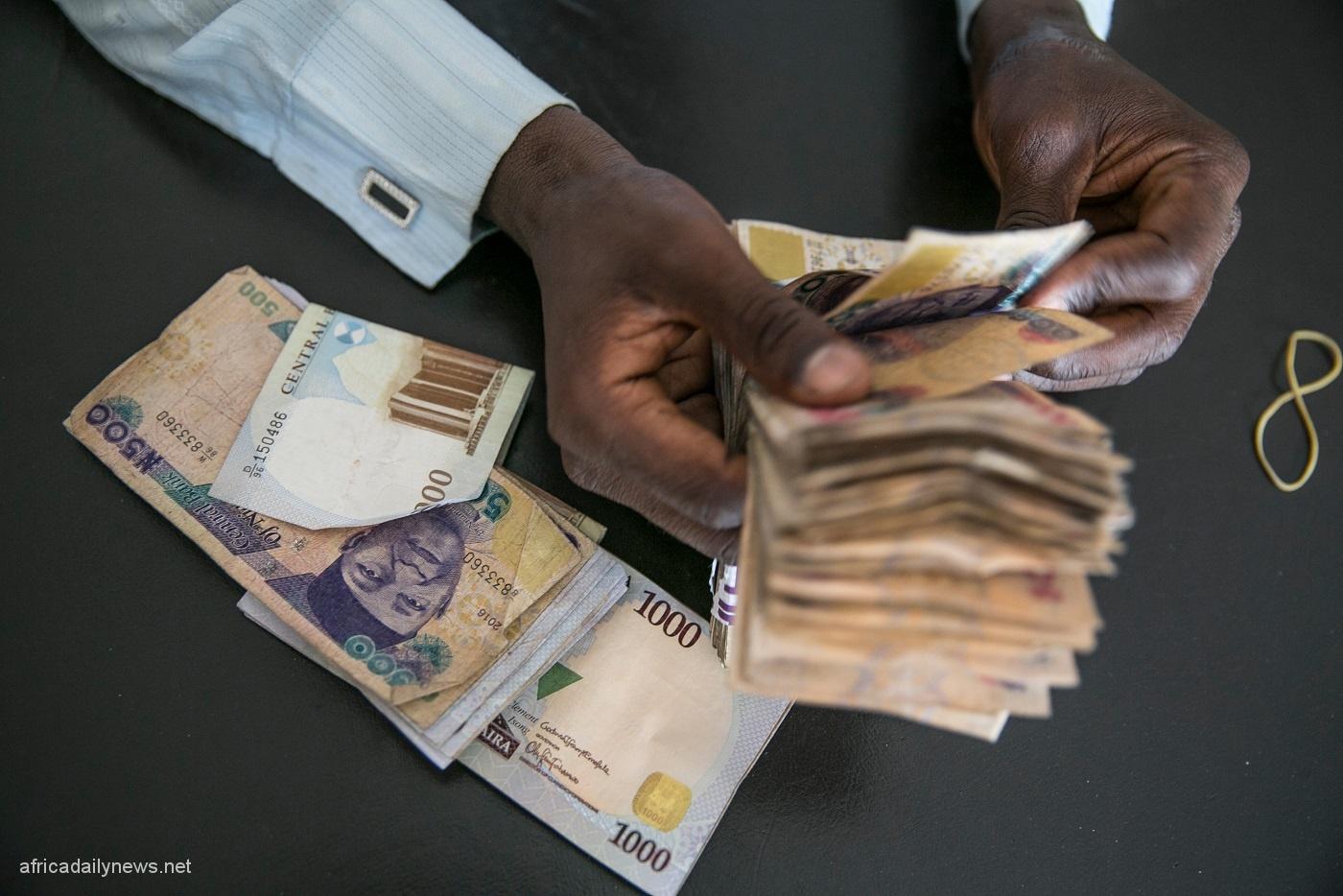Top British luxury carmaker, Aston Martin Lagonda has revealed on Wednesday that its third-quarter net losses had taken a nose dive with more than doubled supply-chain disruptions and some other offsetting accelerating sales.
The losses had also been reported after the tax hit £228 million ($262 million) in the three months to the end of September, after a shortfall which had been recorded and reported to be of almost £90 million a year earlier, according to the group which is targeting the electrification of its range.
Read Also: US Court Acquits Air Peace Boss, Fines Mayfield $4000
Some of the sales of the brand which is very much loved by fictional spy James Bond, zoomed by a third to £315.5 million, but this was propelled by a 28-percent increase in the average car price, it said in a statement.
Aston Martin faced “supply chain and logistics disruption as well as inflationary pressures impacting the broader automotive industry” which delayed car deliveries and ramped up costs, noted chairman Lawrence Stroll.
The group was hit also by a plunge in the pound that made dollar-denominated debt more expensive. Aston Martin has been knocked off track also by a collaboration with troubled electric car battery startup Britishvolt.
UK-based Britishvolt on Wednesday said it had secured “necessary near-term investment” after media reported on Monday that the cash-strapped firm was on the brink of collapse.
In another report, things are looking much better for the Chinese Yuan as the central parity rate of the Chinese currency renminbi, or the Yuan had managed to strengthen up to 68 pips to 7.1570 against the dollar on Thursday, which came according to the China Foreign Exchange Trade System.
In China’s spot foreign exchange market, the Yuan was also allowed to rise or fall by two per cent from the central parity rate each trading day.
The central parity rate of the Yuan against the dollar is quite based on a weighted average of prices which had been offered by some of the market makers before the opening of the interbank market each business day.










